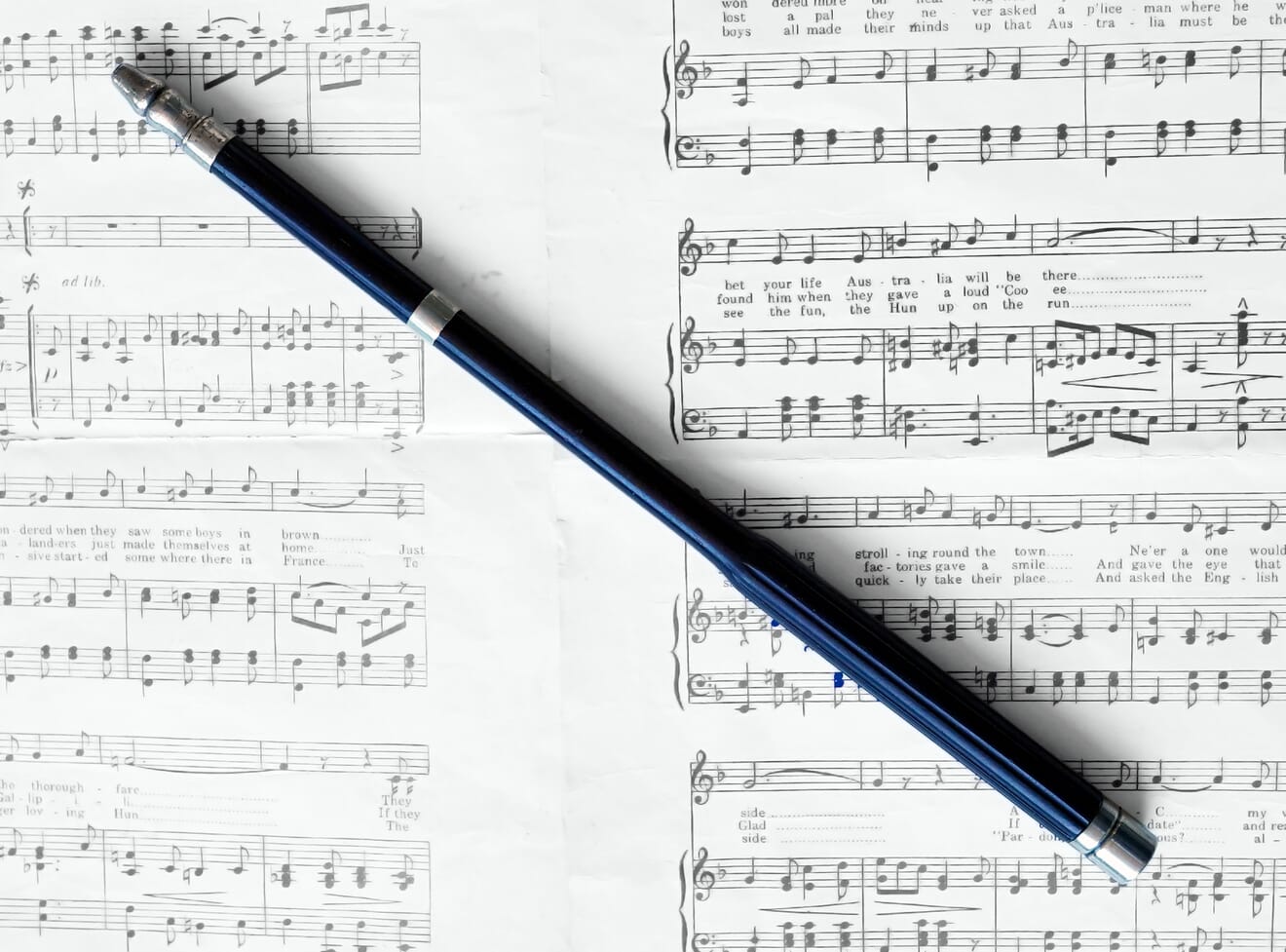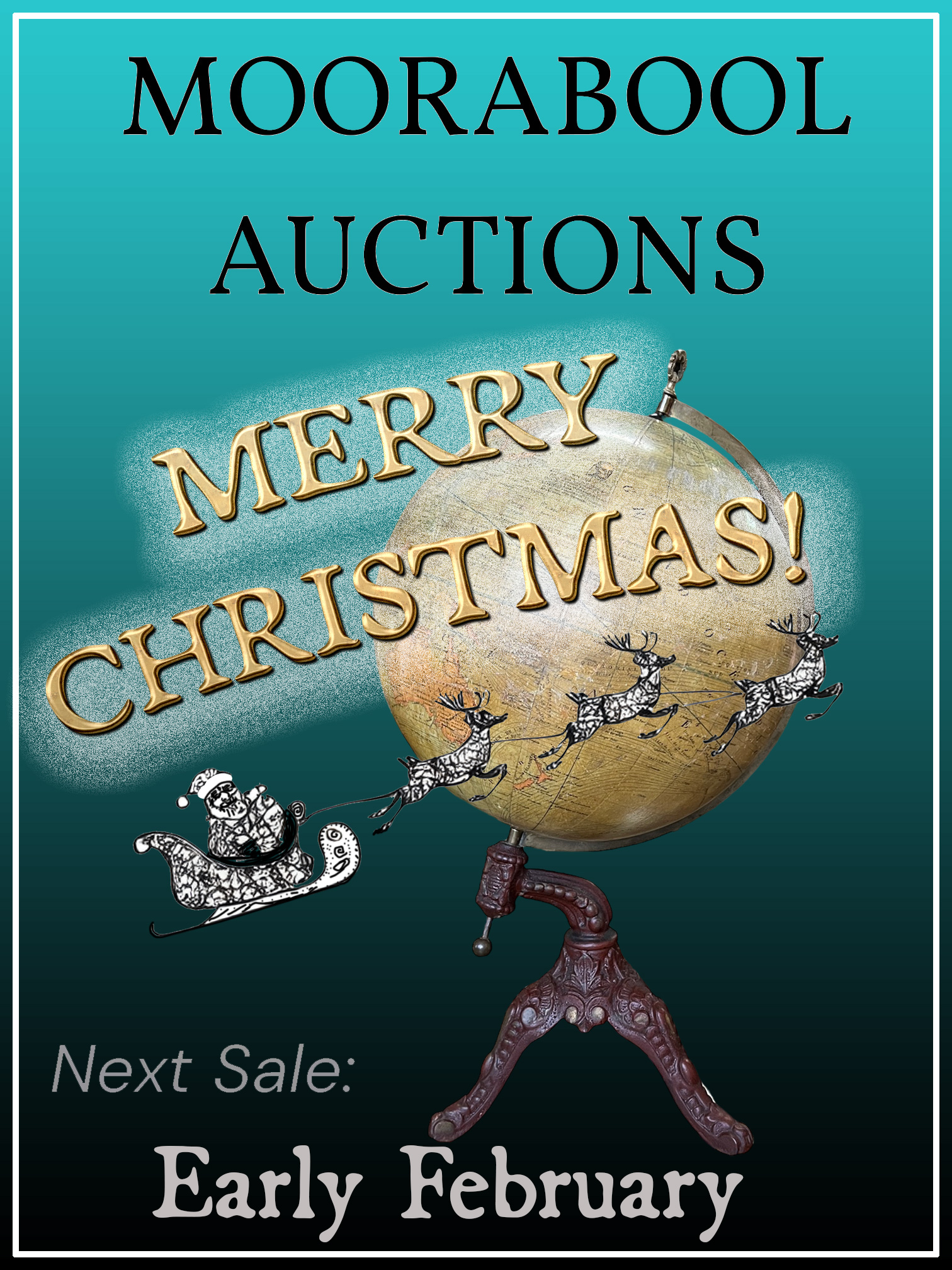
Any conductor needs a few batons – and Moorabool has a few of these rarities ‘fresh to stock’.
They include three with inscriptions – some fascinating records of social history, one just a baffling enigma.
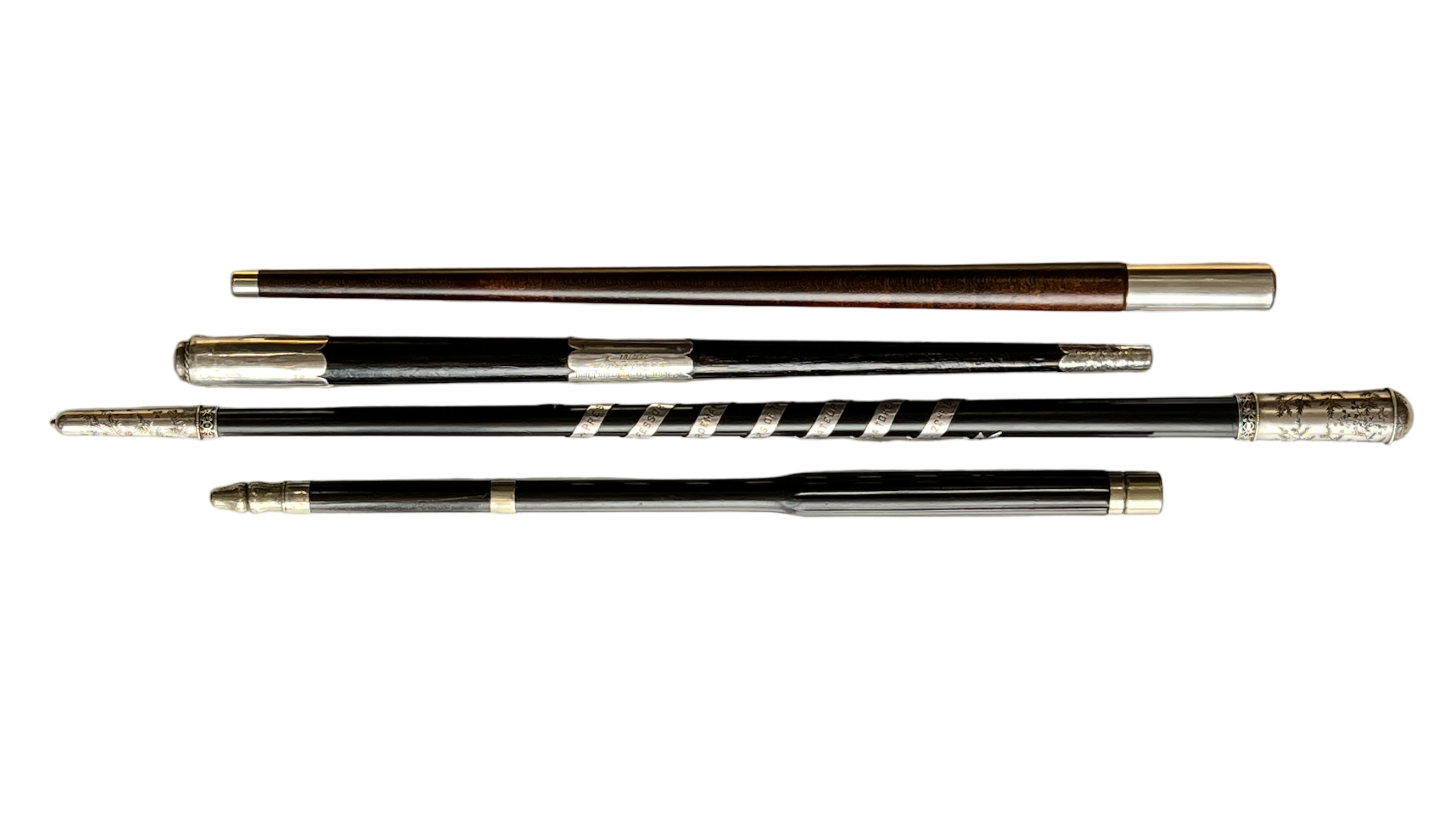
Perhaps you’re needing a baton for your Amateur Orchestra – like ‘Professor’ Arthur Hardeman? He was the recipient of a magnificent ebony example with silver mounts including an inscription winding its way down the shaft on a long silver ribbon: “Presented to Professor Arthur J Hardeman by members of the Richmond Amateur Orchestra as a Token of Esteem, 1897” .







Hardeman was a Melbourne musician, son of a Pianoforte dealer, and seems to have made his living giving lessons and performing with his ‘orchestra’. They gave him this magnificent Melbourne-made baton in 1897… as outlined in the newspaper article of the time:

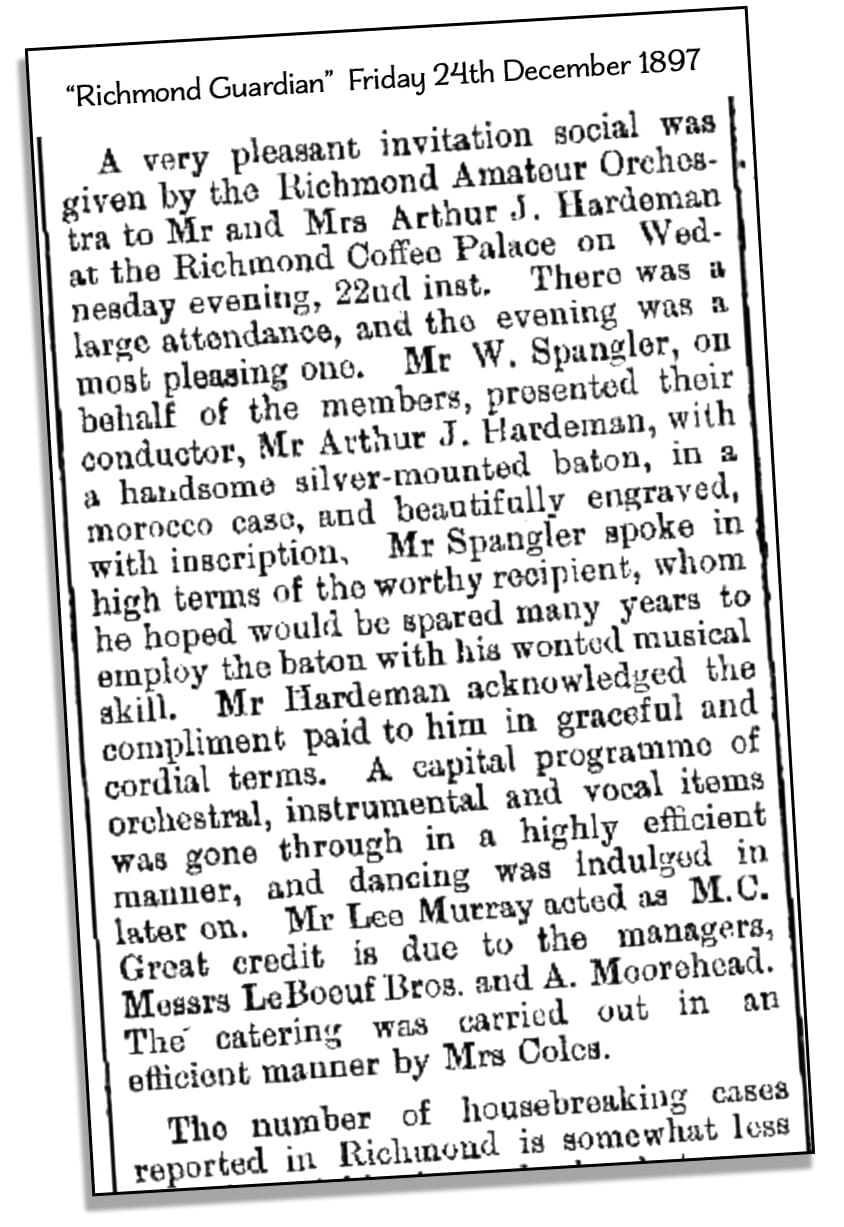
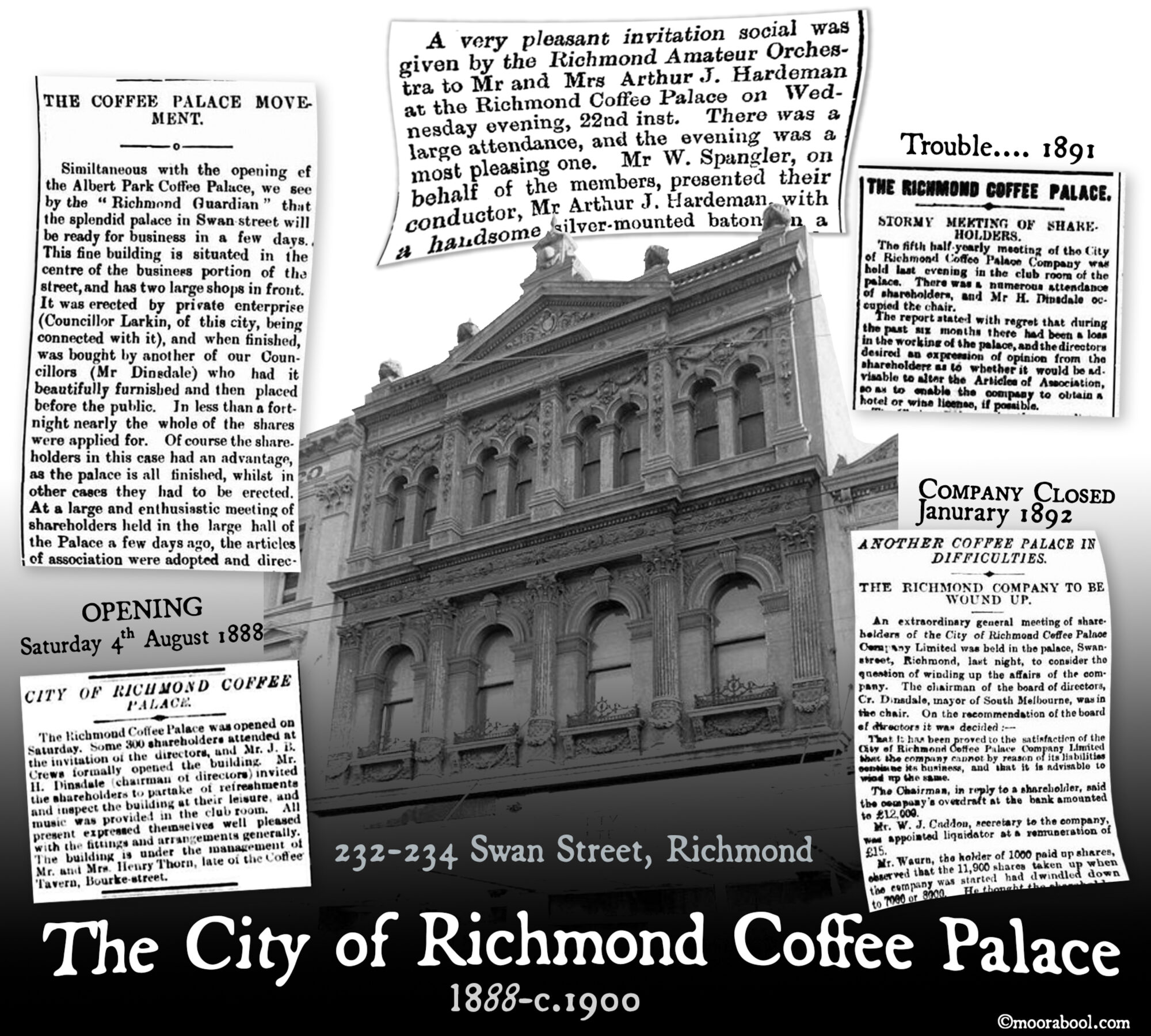
There’s a wealth of social history to be explored on this subject, including the untold story of the ‘City of Richmond Coffee Palace’, and ‘Professor’ Hardeman’s interesting background.
Read more about the baton & the presentation in our special blogpost on this piece >>
There are several other batons also, all fresh to stock – quite a collection. The other definite Australian example is also ebony, and has a presentation inscription also: “Pres’ted to E. Sage Esquire, by the members of St John’s Presbyterian Choir, as a mark of esteem, 26/07/01”.
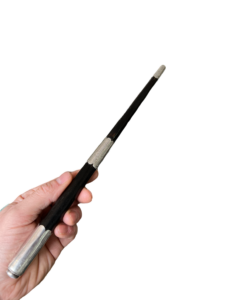
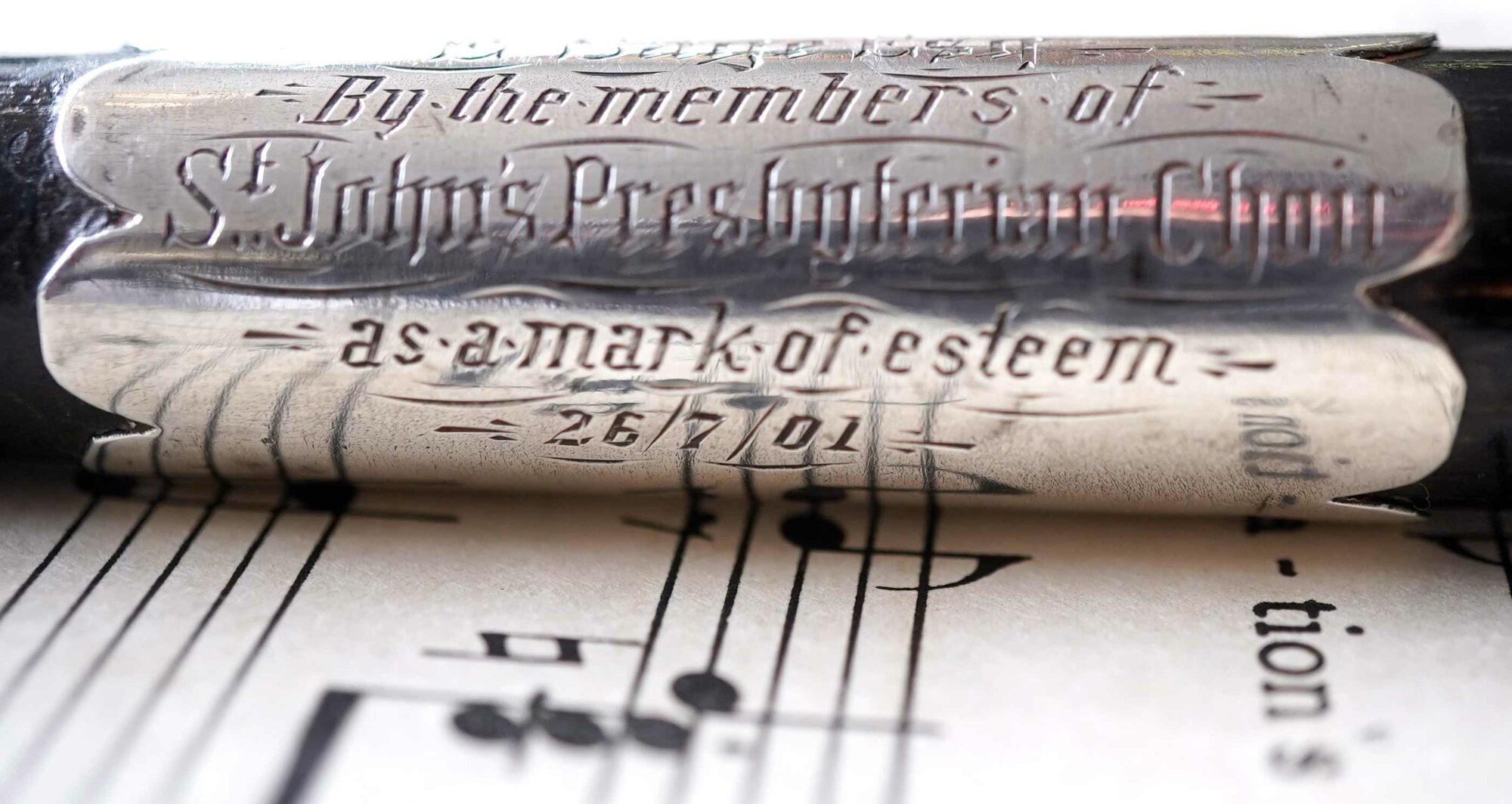
E. Sage was a Ballarat identity, very active in the musical entertainment world from the 1890’s. He taught piano and voice in Ballarat, and helped form a musical group, called the ‘Curlew Orchestra’, for the ‘purpose of promoting the study of instrumental music and the entertainment of the inmates of the charitable institutions, and generally assisting by concerts in aid of worthy objects’.
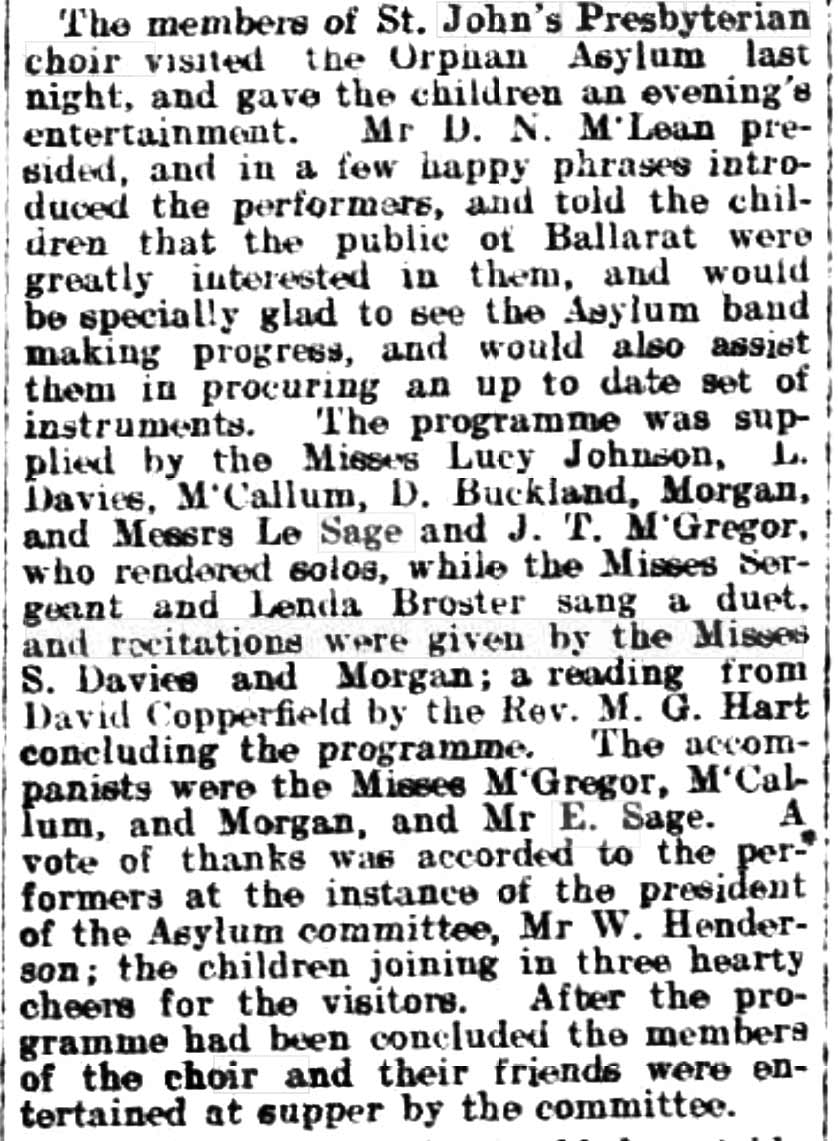
In 1902, for example, there’s a report of an event he presided over: “The members of St John’s Presbyterian choir visited the Orphan Asylum last night, and gave the children an evening’s entertainment. Mr D. N. McLean presided, and in a few happy phrases introduced the performers, and told the children that the public of Ballarat were greatly interested in them, and would be especially glad to see the Asylum band making progress….”

Another rather puzzling baton has a cryptic message: RUN FOR YOU LIFE ….. is engraved onto the end. This example is American Silver, by Reed & Barton. It dates to the 1910-20 period – but nothing turns up valid to a musical origin when you look for the words inscribed. Maybe someone has an idea of what ‘RUN FOR YOUR LIFE’ might be relating to?
Let us know, if you do!
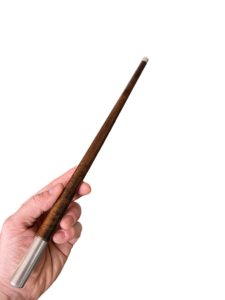
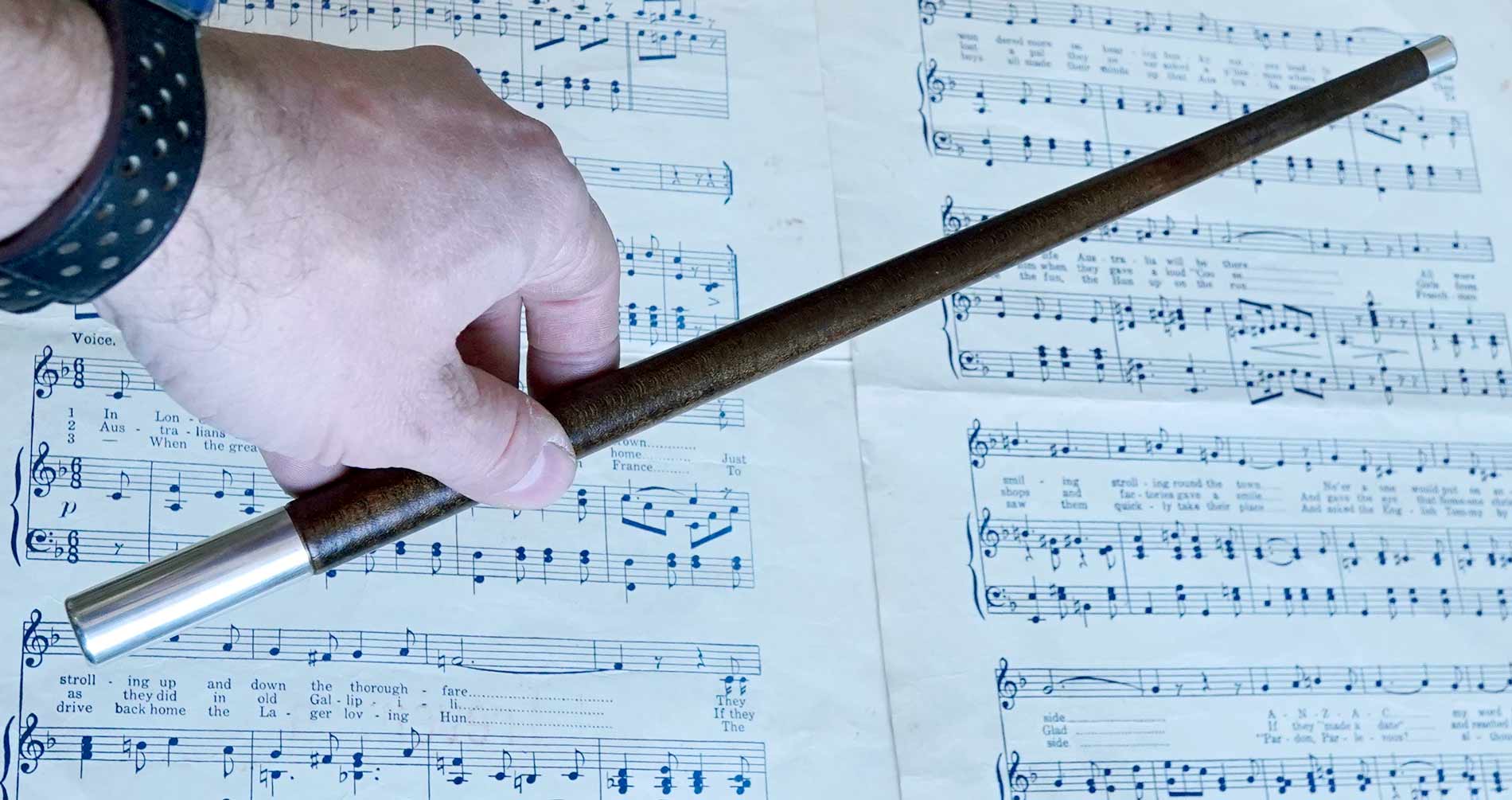
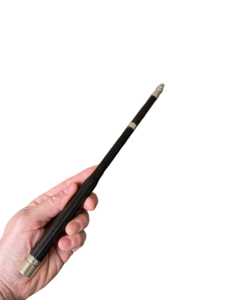
The final one is just a nice baton, no inscriptions. It has a ribbed body, making it much easier to hold. All we need is an orchestra to try it out on……
